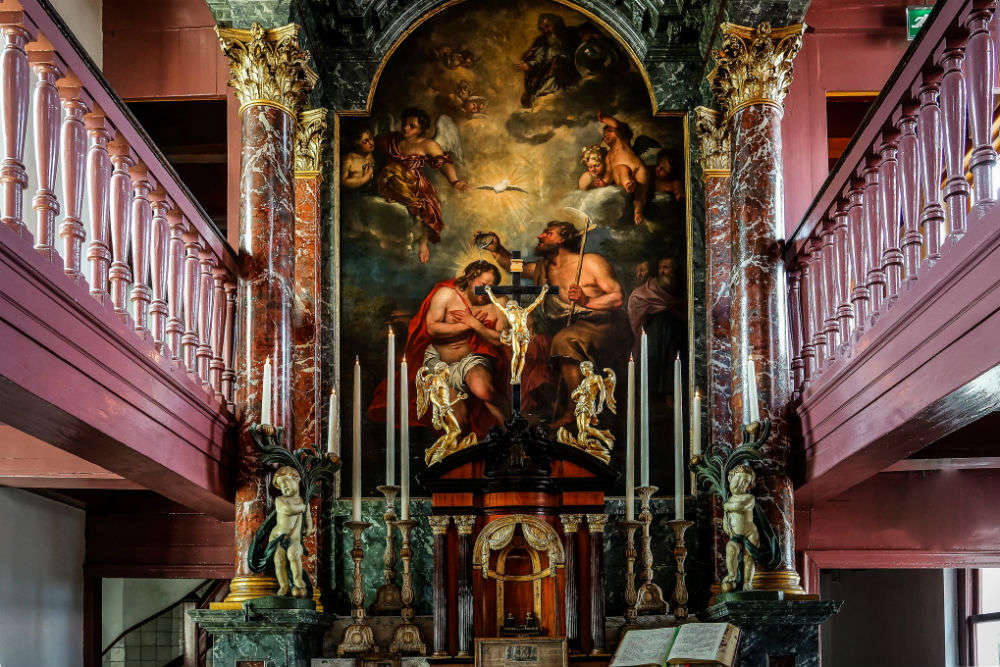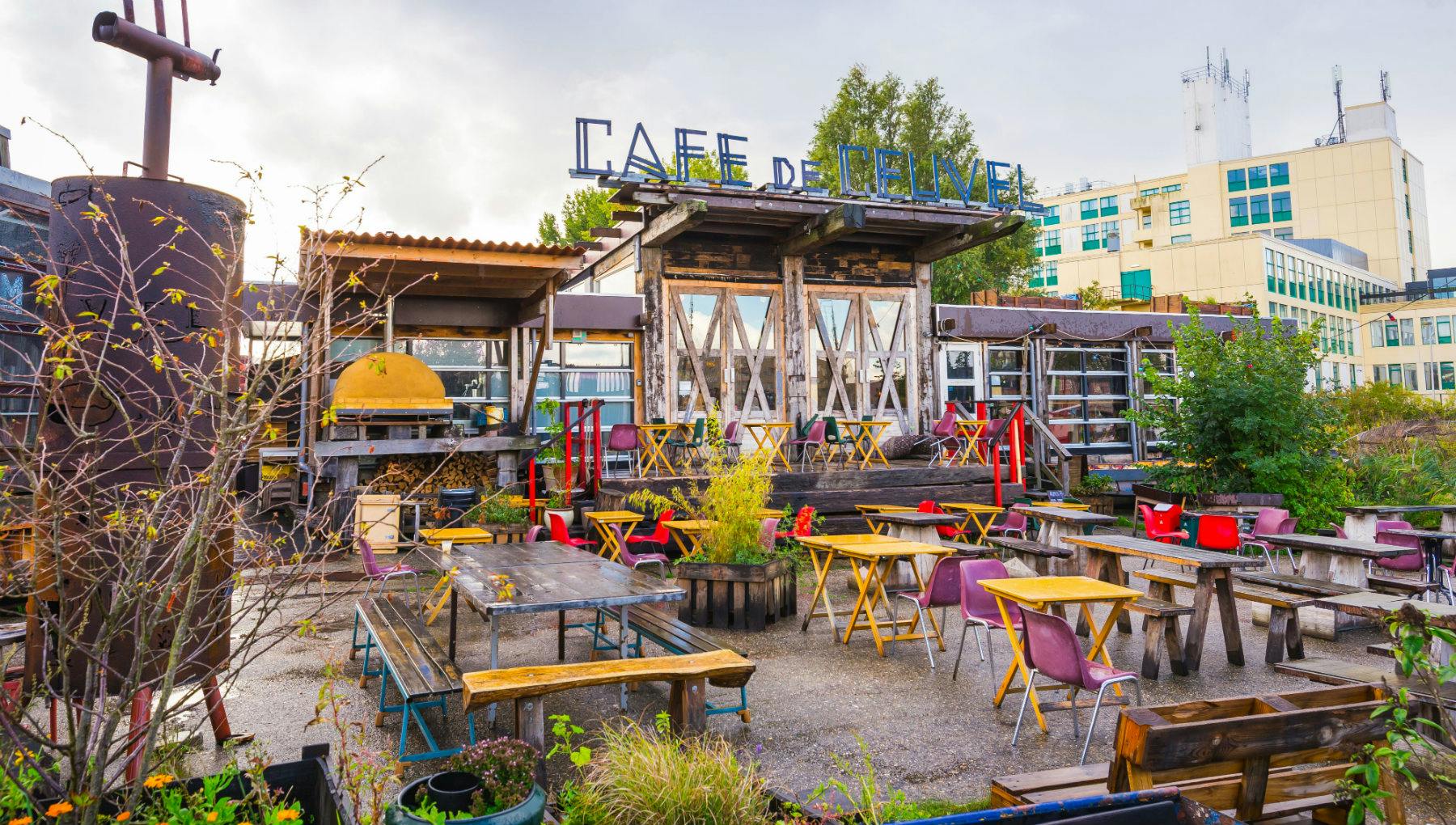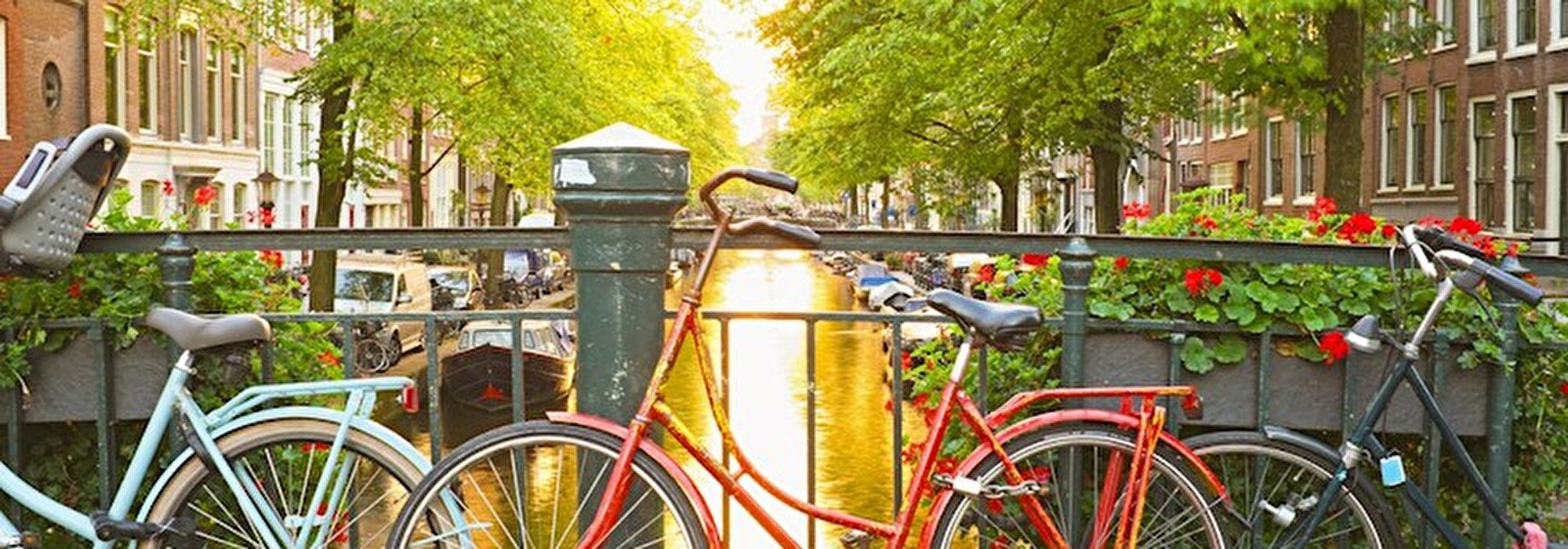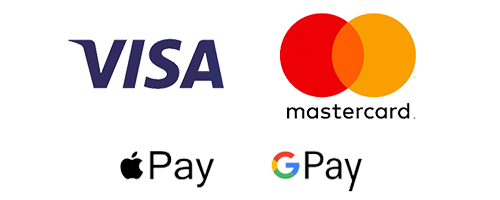Go Non-Touristy Guide to Visiting Amsterdam:
What to See, Eat, and Know Before You Go
Most visitors stick to the same script in Amsterdam: cruise a canal, visit the Rijksmuseum, pose by the “I Amsterdam” sign, then leave with a souvenir magnet. But the real Amsterdam isn’t in postcards or crowds. It’s in quiet courtyards, neighborhood cafés, flea markets, and small cultural festivals tucked into the city’s daily rhythm. This guide goes past the surface.
You’ll find places where locals go on their days off, what to expect during each season, and what mistakes to avoid. You’ll learn why timing matters for everything from biking to eating out. Amsterdam is compact, but it changes with time, weather, and attitude.
If you want more than stroopwafels and tulips, this is your starting point. Skip the obvious. Walk the side streets. Trust the rhythm of the city, and you’ll find Amsterdam doesn’t shout. It whispers.
Discover the best Amsterdam experiences at GoTicketless.co.uk

Hidden Gems and Lesser-Known Attractions
- Begijnhof Courtyard
This quiet medieval courtyard near Spui Square is peaceful, even with the city buzzing outside. Once a sanctuary for the Beguines, a group of religious women who lived independently, it offers an unexpected pause in central Amsterdam. The small English Reformed Church inside still holds services. Visitors enter through a barely marked wooden door, adding to the sense of hiddenness. - Ons’ Lieve Heer op Solder (Our Lord in the Attic)
A 17th-century canal house hides a full Catholic church in the attic, built during the Protestant Reformation when Catholic worship was banned in public. The house museum also preserves period furnishings and gives a vivid picture of life in Golden Age Amsterdam. It’s a unique combination of architecture, religion, and social history. - Amsterdamse Bos
Three times the size of Central Park, this manmade forest on the city’s edge was designed in the 1930s to provide jobs and green space. It offers biking trails, canoeing canals, an open-air theatre in summer, and a goat farm where kids can help feed the animals. Locals come here to picnic, walk dogs, and escape the urban buzz. - De Hallen
Located in a converted 19th-century tram depot in Oud-West, this multi-use space is a hub for art, design, and food. Inside you’ll find independent boutiques, a cinema showing foreign films, and Foodhallen—a curated food court with everything from dim sum to vegan burgers. There’s also a monthly local maker’s market. - Museum Van Loon
Often overshadowed by the big museums, this canal house museum was home to the influential Van Loon family. The preserved interior includes formal rooms, a coach house, and gardens. Exhibits often highlight overlooked parts of Dutch aristocratic life, such as colonial links or the role of women in the household.
Many of these places cost under €12 or are free, offering rich experiences without crowds.

Top 5 Off-the-Beaten-Track Places to Eat in Amsterdam
- Café de Klepel – Jordaan
A neighborhood wine bistro known for a handwritten menu and exceptional food pairings. The atmosphere is intimate, with candlelit tables and a helpful staff who love to recommend wines. Dishes change daily, but expect rich French-inspired mains. Average price: €40 per person. - Restaurant Moeders – Westerpark
“Moeders” means mothers, and this place feels like one big family kitchen. It serves hearty Dutch comfort food like hutspot and meatballs with gravy. Walls are decorated with hundreds of mother photos brought in by patrons. It’s casual, nostalgic, and uniquely local. Average price: €25 per person. - Bakkerij Wolf – Oud-West
This bakery-café combines artisan sourdough with a warm, industrial setting. Everything is made on-site, and you can watch the process from the counter. Try the rye loaves, seasonal tarts, or a cinnamon bun with your flat white. Ideal for breakfast or a midday snack. Average spend: €10. - Foodware – De Pijp
A locals’ favorite lunch stop that combines a small shop with a chef-driven kitchen. Choose from lasagnas, salads, or its well-known rijsttafel-to-go. Most food is displayed deli-style, making ordering easy. Service is fast, ideal for a mid-sightseeing meal. Average price: €18. - Café de Ceuvel – Amsterdam Noord
Housed in a sustainable urban renewal project, this waterside café grows herbs in floating gardens and serves vegetarian meals from seasonal ingredients. The vibe is eco-conscious and relaxed, with hammocks, repurposed houseboats, and live music on some weekends. Reachable via a free ferry from Centraal Station. Average spend: €20.
What to Eat and Drink (Beyond Stroopwafels)
- Bitterballen: Deep-fried meatballs with mustard. Found in most bars. Perfect snack with a beer.
- Haring: Raw herring with onions and pickles. Try it from a street cart, or eat it Dutch-style—held by the tail and eaten whole.
- Poffertjes: Small, fluffy pancakes served hot with powdered sugar and butter. A winter market staple.
- Rijsttafel: A colonial import of Indonesian origin. Includes 10 to 25 small dishes served at once. Best enjoyed at restaurants like Sampurna or Blauw.
- Jenever: Traditional Dutch gin, usually sipped slowly. Try it at a proeflokaal like Wynand Fockink near Dam Square.
Also look for seasonal specialties like oliebollen in winter and asparagus dishes in spring. Many bakeries offer excellent sandwiches, croissants, and coffee.

Cultural Events to Catch (By Season)
Spring (March to May) brings blooming tulips and street life returning. The Tulip Festival runs all April, showcasing displays in public parks and private buildings across the city. King’s Day on April 27 transforms Amsterdam into a sea of orange, with flea markets, boat parades, and citywide street parties.
Summer (June to August) is when locals and tourists both spill into parks, terraces, and waterfronts. Events like the Vondelpark Open Air Theatre and Over het IJ Festival in Amsterdam Noord offer free or low-cost theatre and music. Smaller neighborhood street festivals pop up regularly.
Autumn (September to November) is festival season. Museumnacht in early November lets you explore 50+ museums after hours with DJs, workshops, and special tours. Amsterdam Dance Event brings global DJs and panels. It’s busy but energizing, especially for music fans.
Winter (December to February) gets cold and dark, but cozy. The Amsterdam Light Festival installs glowing art along canal routes. Winterparade at Gashouder blends dinner theatre with dance parties in an atmospheric warehouse setting. Ice rinks open at Museumplein and Rembrandtplein.
Check local event calendars like IAmsterdam.nl for updates, as some events rotate or shift each year.
When to Visit Amsterdam: Best and Worst Times
Best: Late April to early June and mid-September to mid-October. You’ll find balanced weather, active city life, and fewer tourists. Flowers are in bloom in spring, and autumn colors bring life to parks.
Worst: Mid-July through August is peak tourism, especially in city center areas like Dam Square and the Museumplein. Expect queues, inflated prices, and booked-out restaurants. December is festive but daylight hours are short.
Shoulder Seasons: Spring and fall are ideal for those looking for fewer crowds, better pricing, and local experiences. Hotel rates tend to be lower, and restaurant reservations are easier to get. Airfare is also more affordable.
Plan your trip around these windows for the most relaxed, rewarding visit.
Weather and What to Wear
Amsterdam’s weather is famously inconsistent. Rain can appear at any time. Pack layers and plan for wind.
Spring (8°C–17°C): Bring a light rain jacket, sweaters, and waterproof shoes. Parks bloom and outdoor cafés reopen.
Summer (15°C–25°C): Light clothes work, but always carry a jacket or cardigan. Avoid flip-flops—locals wear practical shoes, especially when biking.
Autumn (10°C–18°C): A trench coat, scarf, and layers work well. Streets get slippery with wet leaves.
Winter (0°C–8°C): Heavy coat, gloves, and thick socks are essential. Wind can be brutal along the canals. Public transport is more crowded in the cold.
Even in summer, locals dress for comfort. Weather shifts fast, so an umbrella or hooded jacket should always be with you.

Must-Do’s When Visiting Amsterdam
- Rent a bike. It’s the best way to see the city, but learn local bike etiquette first. Stick to the right, signal turns, and don’t stop suddenly.
- Visit a brown café. Try De Druif, Café Chris, or Het Papeneiland for a true local experience with beer and traditional décor.
- Take the free ferry to Amsterdam Noord. Explore NDSM Wharf, street art, and trendy cafés.
- Browse local markets. Albert Cuypmarkt for food, Noordermarkt for antiques, Ten Katemarkt for diversity.
- Use trams and ferries. They’re efficient, affordable, and a great way to explore beyond central areas.
Must-Not-Do’s When Visiting Amsterdam
- Don’t block bike paths. Always look down for the red asphalt and stay off it unless you’re cycling.
- Don’t take photos in the Red Light District. It’s offensive and can result in fines or confrontation.
- Don’t speak loudly in restaurants or transit. Dutch social norms value quiet and respect.
- Don’t expect over-the-top friendliness. Service is efficient, not chatty. It’s not rudeness, it’s cultural.
- Don’t litter. Amsterdam prides itself on clean streets and well-kept canals. Respect shared spaces.
Following these basics makes you a more welcome guest.

Cultural Considerations
Amsterdam is socially progressive but structured. Locals expect mutual respect and value personal space.
- Punctuality matters. Arriving late for dinner or tours is considered rude.
- Tipping isn’t mandatory, but rounding up or leaving 5 to 10 percent is appreciated.
- Most locals speak fluent English. Still, using basic Dutch phrases like “Dank je wel” (thank you) shows effort.
- Avoid assuming everyone smokes weed or visits the Red Light District. These are legal but not everyday habits.
- Dress neatly but modestly. Loud or flashy attire is rare. Neutral layers help you blend in.
The more you adapt, the more open and helpful locals become.
Final Thoughts on Visiting Amsterdam
Amsterdam rewards travelers who slow down.
Skip the attractions that funnel tourists through turnstiles and instead explore neighborhoods like De Pijp, Oud-West, or Amsterdam Oost. These areas feel more lived-in and less curated for visitors. You’ll find casual cafés, small parks, local groceries, and architecture that reveals the city’s everyday rhythm. It’s where Amsterdam breathes.
Eat where locals eat. You won’t find QR menus or picture-heavy boards. Instead, menus are written in chalk, ingredients are seasonal, and service is intentional. Trust the slower pace,it means your meal is being made fresh. This applies to bakeries, sandwich shops, and casual bistros as well.
Learn to navigate the bike paths before hopping on a rental. A few minutes observing how locals move will save you from frustration. Biking here isn’t a novelty. It’s essential transport, so respecting the rhythm makes your ride safer and more enjoyable.
Visit when the city is quiet. Spring and autumn bring fresh air, open reservations, and relaxed locals. You’ll avoid queues, enjoy smaller crowds at museums, and have space to wander without being jostled. Amsterdam isn’t best when it’s packed,it’s best when it feels like it belongs to you for a few hours.
This isn’t a city made for bucket lists. It’s made for moments: sitting in a hidden courtyard, sipping beer beside a canal, watching locals drift by on bikes, or getting caught in the rain and taking shelter under an awning with a hot coffee. Let Amsterdam unfold at its own pace, and it will surprise you.




